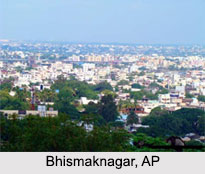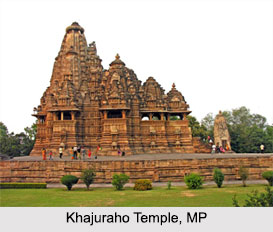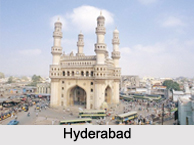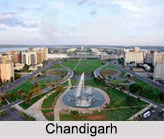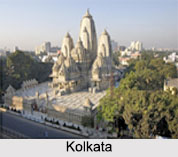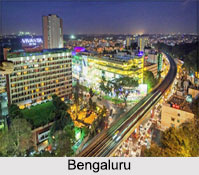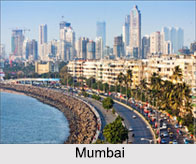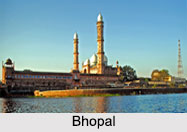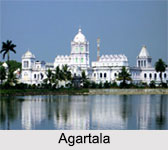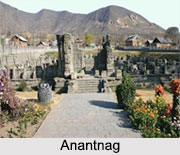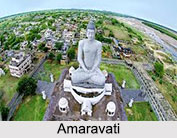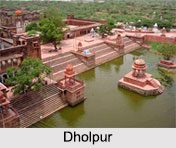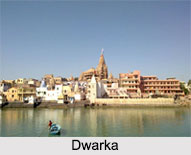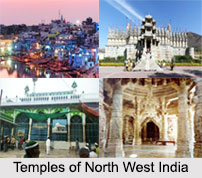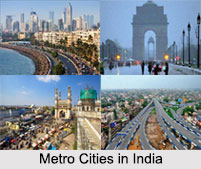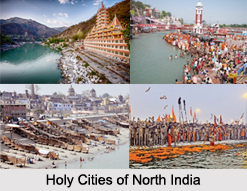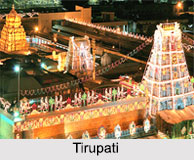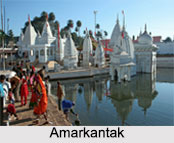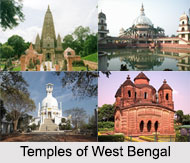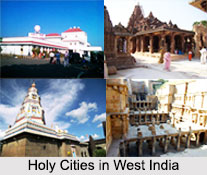Numerous towns and cities have developed in each and every state of Indian subcontinent. The state of Maharashtra too is not an exception. Amongst several places the experts have distinguished Kurduvadi to be a significant place. Kurduvadi is the name of a city. Some people even recognize Kurduvadi as Kurduwadi. It has been established in the district of Solapur of Maharashtra state. In Solapur , this Kurduvadi is situated at a distance of 43 Kilometers south eastern part of Karmala. Other places like Daund is found sixty-seven kilometers north west of Kurduvadi. Also Barsi is located at a distance of 35 kilometers north east of this town. For administering the town of Kurduvadi a municipal council has been flourished.
The strategic location of this Kurduvadi town is quite significant. It lies approximately between 18.08° N and 75.43° E and also rises to a height of 502 meters or 1646 feet above the mean sea level.
There is another reason, which makes this Kurduvadi town quite famous amongst the localites. Apart from railway workshop of narrow gage, Kurduvadi railway junction establishes connection with varieties of railway gages.
Keeping in pace with the usual trend prevalent in the whole of Indian subcontinent , many demographers too have worked diligently in order to provide people with lots of information about the demography of Kurduvadi . If any one wishes to know a town truly it becomes imperative for him to get to know about its demographical scenario. As far as the Kurduvadi is concerned , special mentioning may be made of a particular Census report of India. It has been brought out in the year 2001 and rightly depicts some information like population , literacy rate etc about Kurduvadi in real sense. As has been mentioned in this report , the total population of Kurduvadi has been enumerated to be 22,773. Males are more in number than female s, constituting 52 percent of the total population. Female populace in Kurduvadi also constitutes of 48 percent. In Kurduvadi, 13 percent of the population is below six years of age.
Whether a place has achieved development or not can be identified from the analysis of the literacy rate of the particular place. As far as the average literacy rate of Kurduvadi is concerned, it is measured to be 74 percent. Thus it is higher than the average literacy rate of India. 59.5 percent is the average literacy rate of India. Considering this fact one cannot fail to understand that this Kurduvadi town is developed. From it, individual status of male and female literacy of Kurduvadi too can be inferred. Thus male has showed inclination towards education, which is depicted from their high literacy rate.
80 percent is the rate of male literacy. However the female literacy rate is less than that of males. In other words, the female literacy rate has been measured to be 67 percent. .
Myriads of tourists throng the places like , Maldhok Bird Sanctuary, Dharashiv Caves, Maldhok Bird Sanctuary , Great Indian Bustard Wildlife Sanctuary .
Important access points of Kurduvadi are Pune Lohegaon Airport and also Kurduvadi Railway Station . This railway station lies on the `Daund-Solapur rail line`.
Since Kurduvadi forms an integral part of Solapur, it is quite natural that the residents of this Kurduvadi too follow the tradition of the entire district. Experts opine that this district houses handloom and power loom weaving industrial units, thereby providing employment to lot many people. The record shows that almost six thousand power loom industries have functional in various locales of the Solapur district.
